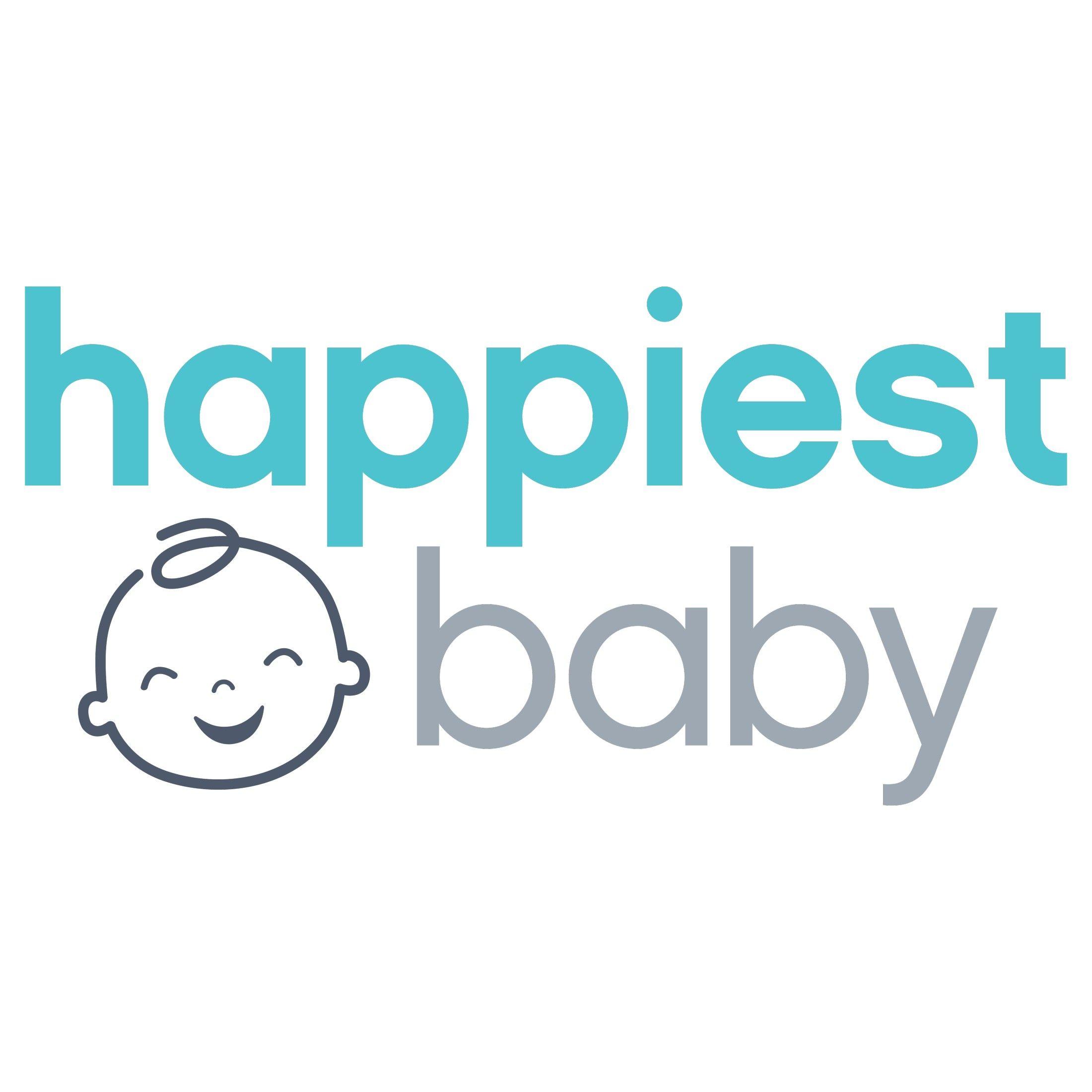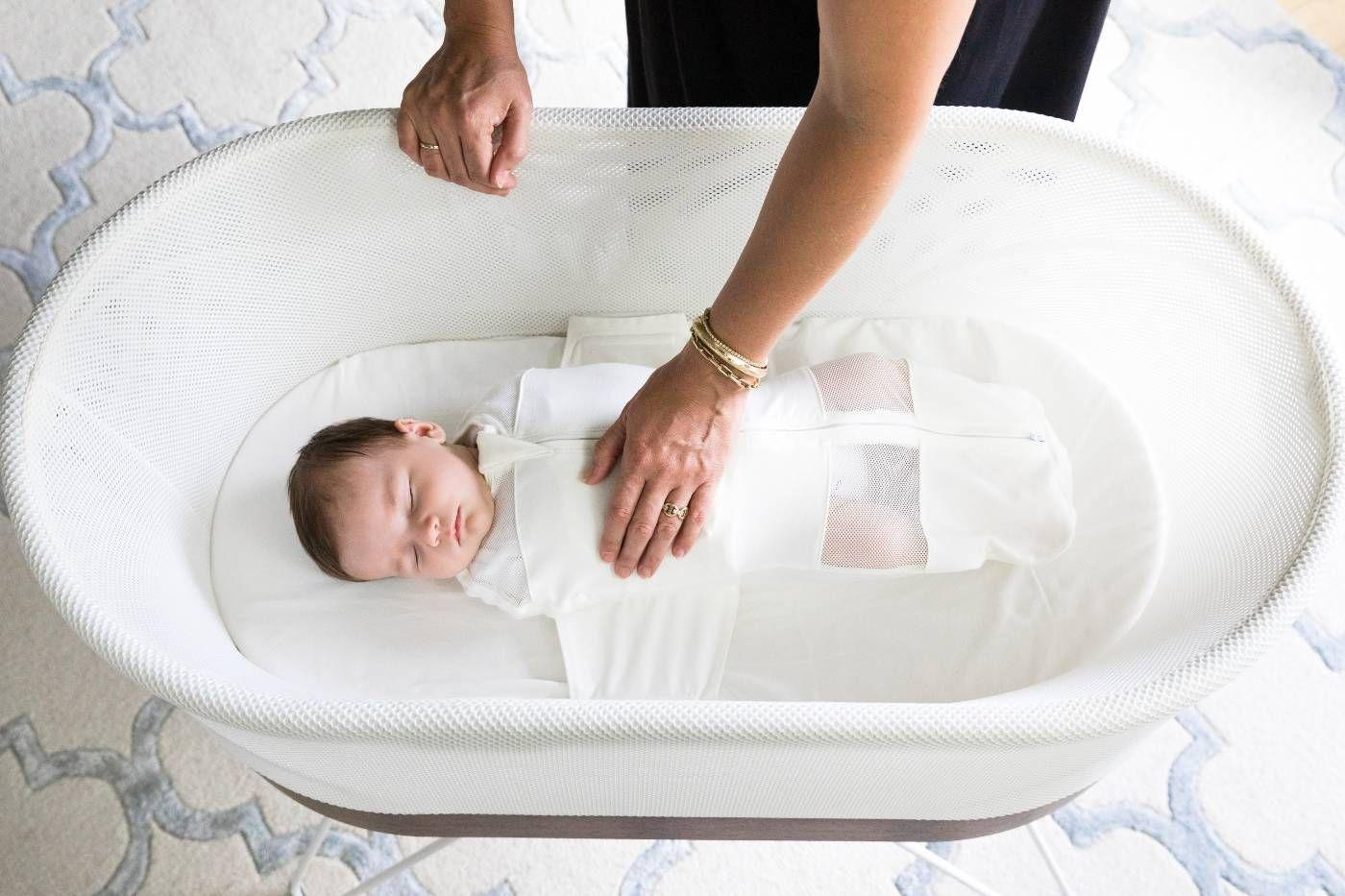SNOO
Meet SNOO’s Award-Winning Safety Features
Is SNOO safe? The answer is a resounding: YES! And here are some of the reasons why!

Written by
Happiest Baby Staff

SHARE THIS ARTICLE
PARENT PICKS
Bestsellers
SNOO

Written by
Happiest Baby Staff

SHARE THIS ARTICLE
Bestsellers
It is no secret that our paediatrician-designed SNOO Smart Sleeper is a safe bassinet for little ones to snooze in for their first six months. SNOO is so safe, in fact, that over 150 hospitals all over the world place their tiniest patients in SNOO. We know that families invite SNOO into their homes during the most vulnerable time in their babies’ lives—and we take that trust and responsibility very seriously! That is why we designed SNOO to keep those little ones as safe as possible. Here is a look at some of SNOO’s top safety features.
![[object Object]](/_next/image?url=https%3A%2F%2Fcdn.sanity.io%2Fimages%2F301lhh0a%2Fproduction%2F69851bfee4dc75eeea5fa885deb6c8395707e779-480x480.jpg&w=1080&q=75)
SNOO Sack swaddles are not just any swaddle. They feature patented looped “wings” that slide onto SNOO’s built-in safety clips. That means once your precious little one is swaddled in their cosy SNOO Sack and clipped into the bassinet, they will remain safely on their back all sleep long, which is the safest sleep position for infants.
New parents have a lot on their minds! Fortunately, SNOO saves parents from worrying whether they are using the Smart Sleeper correctly. SNOO’s has a no-fail safety feature that ensures you can never turn on SNOO’s gentle all-night motion without first engaging the safety clips.
![[object Object]](/_next/image?url=https%3A%2F%2Fcdn.sanity.io%2Fimages%2F301lhh0a%2Fproduction%2F83cac638e6761fa8fcbcd7bd3d6c2ff996797aa7-480x480.jpg&w=1080&q=75)
The Lullaby Trust is super-clear: All babies must sleep on a firm, flat, non-inclined sleep surface. SNOO features a flat mattress that is the just-right mix of firm and comfy, ensuring safe and cosy sleep for your baby. Plus, when a team of reviewers from paediatrician-led BabyGearLab examined the sleep surfaces of 14 top-selling bassinets of 2023, they concluded that SNOO was the overall best, noting its firmness, stability, and fit as top-notch. And unlike inclined bouncers and swings, SNOO gently rocks your baby all night long without ever placing Baby in a dangerous inclined position. (Learn why rocking bassinets soothe babies.)
![[object Object]](/_next/image?url=https%3A%2F%2Fcdn.sanity.io%2Fimages%2F301lhh0a%2Fproduction%2Fd36d1154e65644a4aa61bd1de0293b6557976f6f-480x480.jpg&w=1080&q=75)
Many bassinets are made from the same cushy, not-so-breathable fabrics used in unsafe cot bumpers. SNOO, on the other hand, features mesh sidewalls that allow air to flow in and out with ease. SNOO’s surrounding mesh is so breathable, in fact, that when the experts at BabyGearLab compared more than a dozen popular bassinets, they awarded SNOO a perfect 10 in breathability. Beyond the unparalleled air circulation, SNOO’s mesh sidewalls also meet or exceed all U.S. finger pinching and flammability standards.
![[object Object]](/_next/image?url=https%3A%2F%2Fcdn.sanity.io%2Fimages%2F301lhh0a%2Fproduction%2Fd520106a62042404a1af930b7e91481bd2078dc8-480x480.jpg&w=1080&q=75)
Using the proper swaddling technique—snug around your little one’s arms, but loose around the hips and legs—promotes healthy hip development in babies. But nailing down the ideal swaddle strategy during 2am wake ups are, well, tricky. The good news is when you use SNOO Sack there is no guesswork when it comes to hip-safe swaddling. Once you secure your wee one inside the sack, you can rest assured that there is plenty of room for your sweet pea to bend, flex, and open their hips easily. It is why the International Hip Dysplasia Institute has declared our sack hip-healthy. (Bonus: Because SNOO Sack is a zip-up swaddle, it cannot unravel!)
![[object Object]](/_next/image?url=https%3A%2F%2Fcdn.sanity.io%2Fimages%2F301lhh0a%2Fproduction%2Fdd513f80c09a92459191fd77ae77b44fad353e69-480x480.jpg&w=1080&q=75)
SNOO’s hairpin legs do more than add a stylish flair to your favourite bassinet: The outward angled legs, wide base, low center of gravity, and the slip-resistant foot pads all work together to provide the utmost stability. That means, curious older siblings and fur babies simply cannot tip SNOO over. And our Low Legs tick off all the same safety boxes…just while holding SNOO a smidge over 25 cm off the floor instead of the original 43 cm.
![[object Object]](/_next/image?url=https%3A%2F%2Fcdn.sanity.io%2Fimages%2F301lhh0a%2Fproduction%2F41545851e31c40f356f106b32571cf65ac3f0e8b-480x480.jpg&w=1080&q=75)
Placing your baby on their back in a bare sleep space, with their head and face uncovered is the best way to protect them from overheating. We already know that SNOO keeps babies on the back and its secure swaddle means no loose bedding that could cover your little one’s head and face. But SNOO can do even more to keep babies cool and comfy: All of Happiest Baby’s SNOO Sacks and SNOO sheets are made with high-quality GOTS-certified organic cotton. Breathable fabrics made from natural fibers, like organic cotton, keep little ones warm, while still promoting airflow…for less sweaty sleeping. Synthetic fabrics, on the other hand, are not breathable and can increase your bub’s risk of overheating in their sleep. (Learn more about protecting your baby from overheating.)
Disclaimer: The information on our site is NOT medical advice for any specific person or condition. It is only meant as general information. If you have any medical questions and concerns about your child or yourself, please contact your health provider. Breastmilk is the best source of nutrition for babies. It is important that, in preparation for and during breastfeeding, mothers eat a healthy, balanced diet. Combined breast- and bottle-feeding in the first weeks of life may reduce the supply of a mother's breastmilk and reversing the decision not to breastfeed is difficult. If you do decide to use infant formula, you should follow instructions carefully.